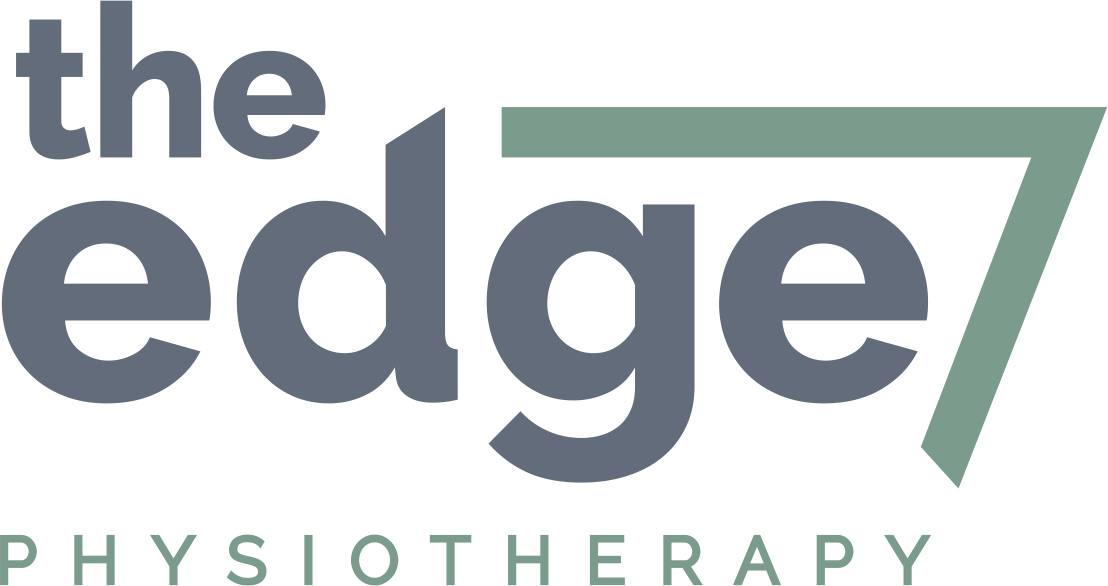Screening…are there benefits?
Pointe range assessment
We hear about screening athletes pre and post sports season in other sports like netball eg. ankle and knee conditions, rugby eg. hamstrings and ACL prevention, but what about dance? Dancing in my opinion is a sport and also an art form, and yet it doesn’t appear to have the same following as just a sport like soccer for example. Could we argue that because of this we don’t consider it worthy enough to have pre and post screening assessments like the more popular sports? Maybe? I don’t think so.
Screening tests are valuable tools for therapists to gauge the possible injury risks of an athlete, whatever the sport may be. For a dancer I use it to measure the potential abilities of the dancer, to understand the underlying structural make-up of a dancer and to highlight areas of possible improvement. Screenings can be used by a therapist but also a dancer educator/teacher in the clinic and in the studio to be more comprehensive in the care of their dancers. Given that over the last 20 years dance screenings have become more and more implemented and the rise in programs at schools and dance companies are evidence of its growing popularity.
A typical screening assessment is made up of a series of tests that help to put together an overall profile of a dancer. We use screenings to detect possibly limiting conditions that predispose a dancer to injury and illness before their season starts. It can also enhance an athletes ability thus resulting in better strength and dancing technique.
The majority of the time when you present to a private practice musculoskeletal clinic, your therapist will have put together their own screening tests informed by experience, clinical and evidence based literature and what they find is most informative to them in application.
My checklists for screening a dancer include:
Technique
I always look at a dancer in the centre in first position (you’re not dancing on the barre with support - hence barre technique isn’t helpful to me), third and fifth position in demi and grande plie. I also look at releve, développé devant, à la seconde, derrière; parallel, sautes, pirouette, port de bras first to fifth and first to second position. It is these foundational positions that tell me the most about a dancer.
Demi Plie in First Position
Structure
A joint structural assessment will include passive and active assessments of joint range including every aspect of the dancer from upper limb to lower limb including the trunk/back and pelvis. I will walk around the dancer and assess them from the front, side and back angle to get a multi-dimensional profile of the dancer. I also always check for structural and postural curvature in the spine such as scoliosis.
Flexibility
The Beighton Assessment for flexibility is still one of the most reliable tests of overall joint flexibility that we have, however, given what a dancer needs I also look at turnout (weight bearing and non-weight bearing), hamstrings, knees, ankles, and I also do a rotational profile for the lower limb which assesses boney rotation in the femur, tibiofemoral joint and feet/ankles.
Hamstrings Assessment
Balance
There are many tests that are useful, a one legged test with some perturbations and in different positions of arm elevation I find are the most useful. Also adding a dynamic movement is also very helpful.
Fitness
I only include this if we need to consider the endurance capacity of a dancer or if they are having trouble with fatigue, cardiovascular fitness or if they have a respiratory issue that is becoming a barrier such as asthma.
Strength
After a general assessment of posture in different positions as mentioned in the technique section, I’ll look at scapulohumeral rhythm, lower back strength, turnout strength, deep hip rotator control on one leg and in extension (Arabesque), abdominals, foot intrinsics, FHL, and single leg heel raises.
The above is by no means an exhaustive list of what I look at, just writing it all down now is quite hard as I didn’t realise how much I look at just out of habit rather than because I have a checklist to work off. Make no mistake, when I assess a dancer I am looking at multiple things all at the same time. I feel that the benefit of explaining some of this and writing it down is helpful to the student, parent and dance teacher as it givens them an idea of what I can see in the student and what we can address together.
I work out of our Bowral clinic throughout the week seeing students and you can book a dance screen with me online via our website.



